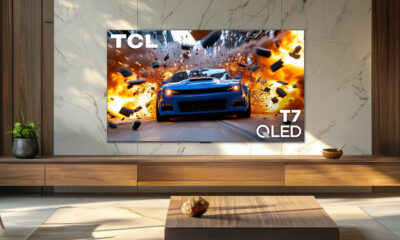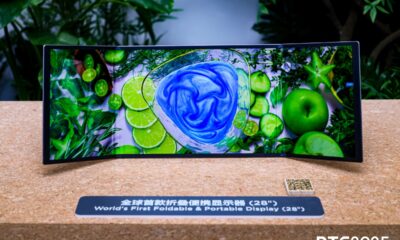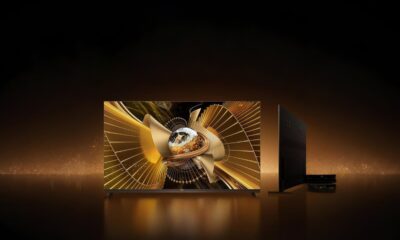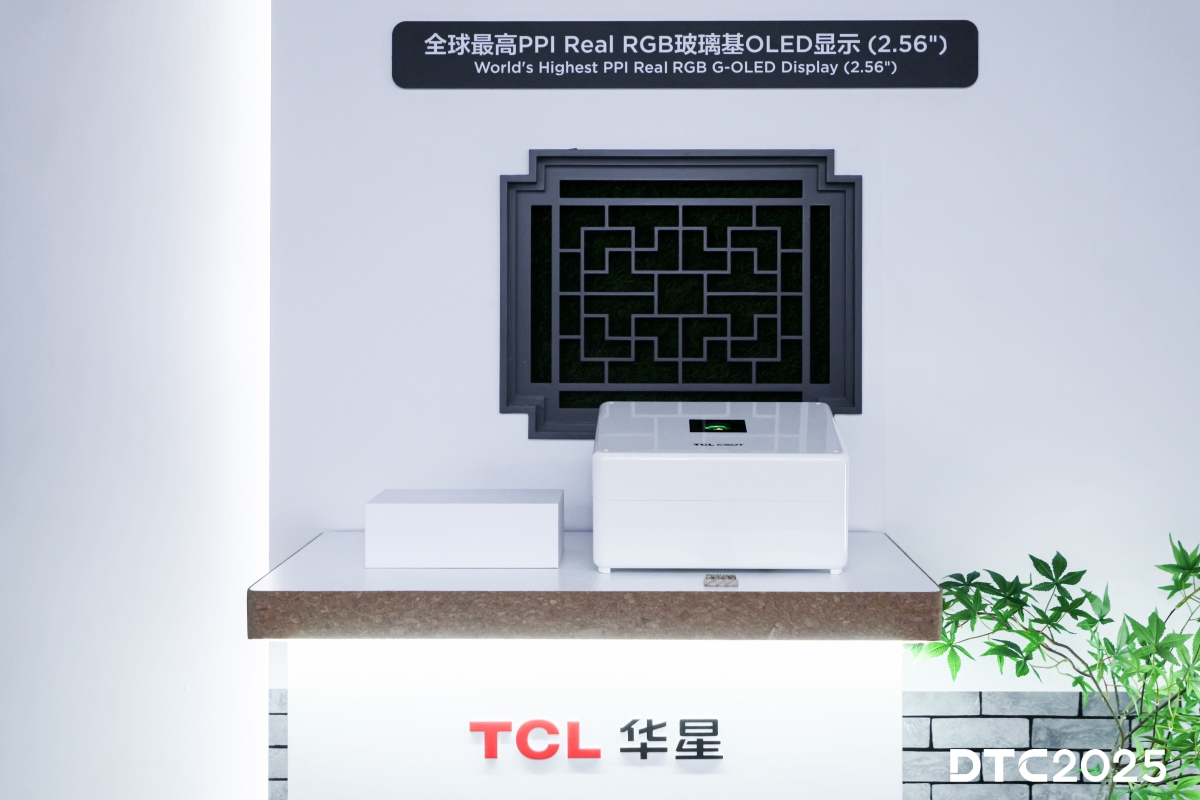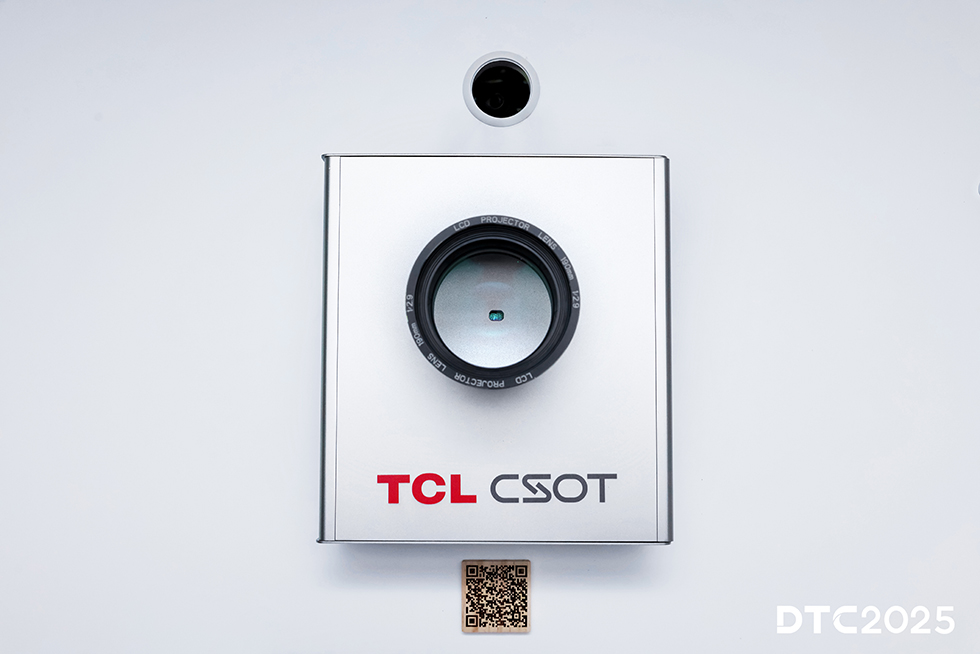News
TCL Just Launched a Washing Machine That’s Cheaper Than a Budget Smartphone
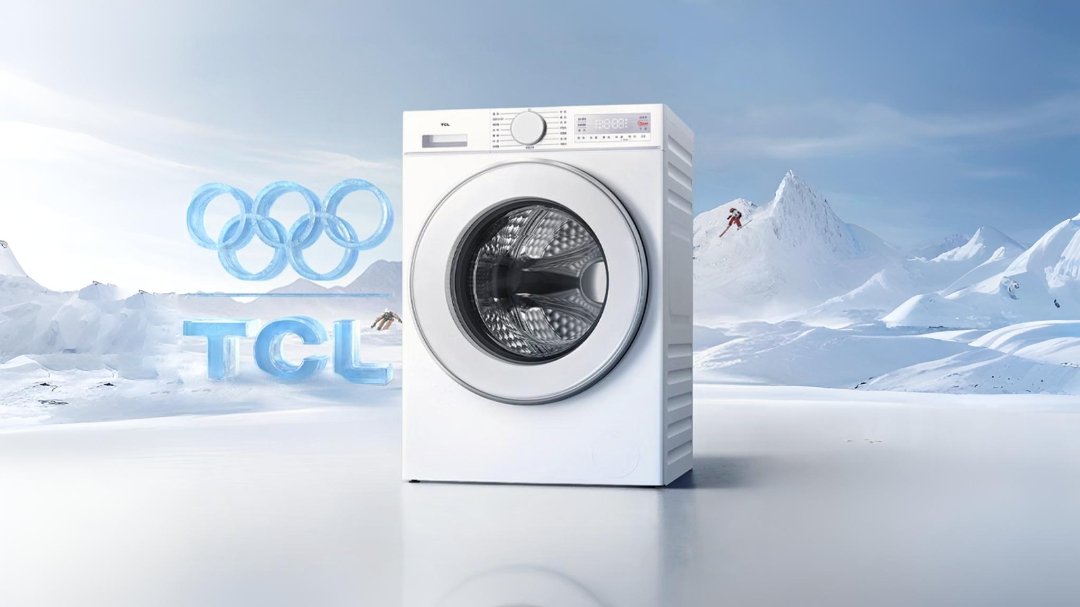
TCL has launched a new front-loading washing machine in China under its Super Cyclone series. The Super Cyclone V3R features a 10kg capacity and comes in Black and White color options.
It is priced officially at 1,499 yuan ($208), but early buyers can purchase it for an effective price of just 649.5 yuan ($90) after applying subsidies and review-based rebates. It is also available as a washer-dryer combo in the same series, which follows the same discount structure and brings the effective price down to 824.5 yuan ($114).
TCL Super Cyclone V3R Specifications
The machine is powered by a high-performance BLDC variable frequency motor that supports spin speeds of up to 1400 RPM. TCL has backed the motor with a 10-year replacement guarantee. The motor not only improves water extraction efficiency but also operates with reduced noise levels.
TCL has equipped the machine with a 1.2 washing ratio, which exceeds the national standard for drum washing machines. This ratio improves stain removal and overall cleaning performance. The V3R also uses a three-stage heating system with precise temperature control between 30°C and 60°C to target different types of stains, including oil, milk, wine, and sweat.
The machine supports a wide range of fabric care modes. It includes a gentle basket swing mode to reduce wear on clothes, separation washing to avoid cross-contamination, and hand-wash simulation through tumble and pounding modes. For faster cleaning, the turbo quick wash mode delivers the effect of a 60-minute cycle in just 35 minutes.
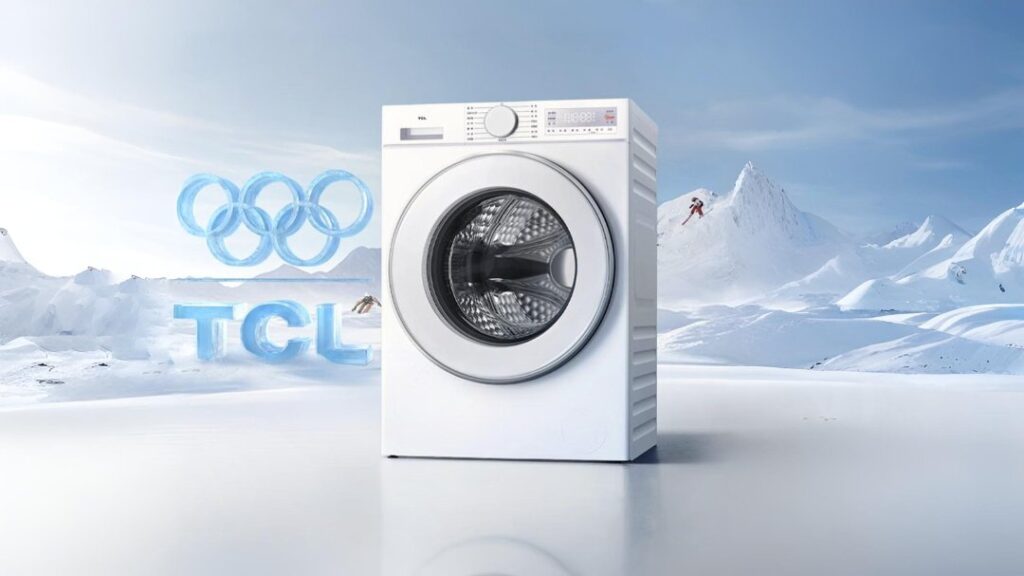
TCL has also prioritized hygiene with this model. The V3R integrates high-temperature steam sterilization and mite removal features. TCL claims the machine achieves a 99.99% sterilization rate and 100% mite removal rate. It also includes high-temperature tub cleaning and an antibacterial door seal to maintain hygiene over time.
The machine includes preset programs for wool and down jackets. The wool wash mode protects against shrinkage and fuzzing, while the down jacket cycle uses staged water inflow and gentle agitation to preserve coating layers.
TCL has reinforced the machine with a multi-dimensional damping system. It includes shock absorbers, anti-vibration pads, and suspension springs to ensure stability during high-speed spins. The V3R has received international CB and CE certifications along with Chinese energy and water-saving labels.
In related news, TCL CSOT’s Oxide technology has entered mass production, debuting on Lenovo and Xiaomi tablets, while the global smart glasses market surged 110% in H1 2025 with Meta leading and TCL expanding its share.
(JD)
Deals
RayNeo Air 3s Pro AR Glasses Drop to $249 in Black Friday Deal
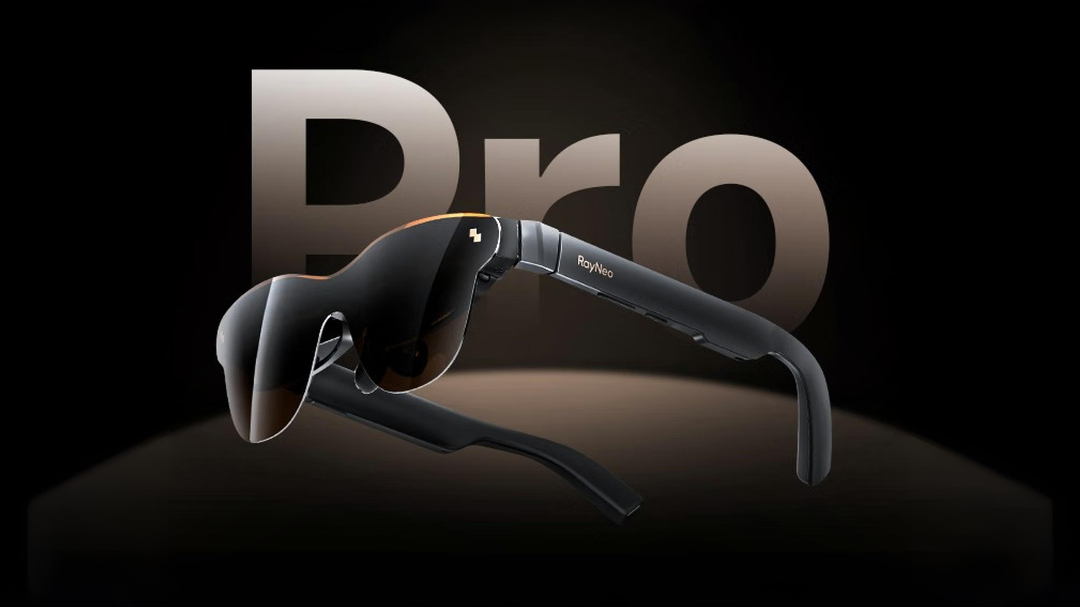
RayNeo’s latest smart AR glasses, the Air 3s Pro, are now hitting their lowest price ever for Black Friday 2025. Originally launched at $299 in August, the Air 3s Pro has dropped to $249 on the official website. The 17 percent discount runs through December 1 as part of a limited-time flash event.
The Air 3s Pro takes RayNeo’s XR vision further with a brighter and bolder display experience. It delivers a 201-inch virtual screen at 6 meters away, backed by HueView 2.0 Micro-OLED tech that pushes 1,200 nits brightness and a contrast ratio of 200,000:1. Color coverage reaches 98 percent DCI-P3, with six viewing modes that include Game, Movie, Eye Protection, and Vision Boost for different content types.
RayNeo includes OptiCare 3840Hz PWM dimming technology, TÜV-certified eye comfort, and 20-step brightness control to reduce strain. These features make the glasses suitable for binge sessions. On the audio front, a quad-speaker array with Whisper Mode 2.0 delivers spatial audio with privacy, suitable for commuting or late-night viewing.
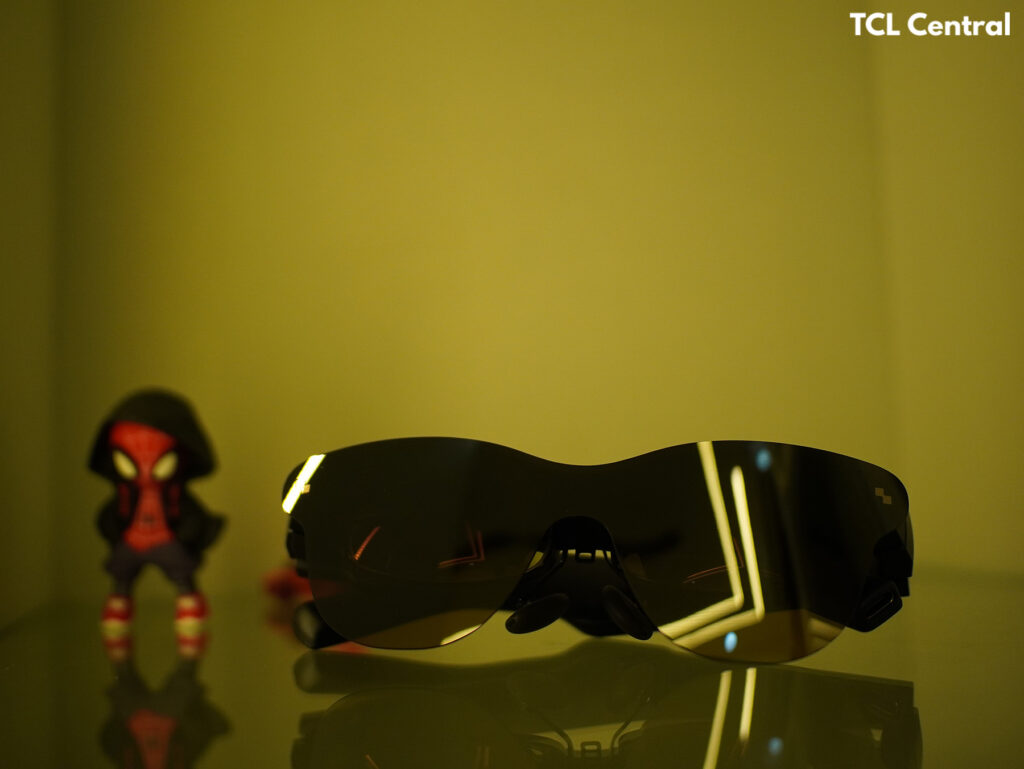
At just 76 grams, the glasses feature a carefully balanced front and rear weight distribution. They include flexible temple and nose pad adjustments for improved comfort. The Air 3s Pro connects via USB-C, HDMI, or accessories like JoyDock. It supports iPhones with DockKit, Android phones, gaming consoles such as Switch, PS5, Xbox, and also PCs.
Compared to its predecessors, the Pro model improves display brightness, color accuracy, and audio immersion. Whether watching YouTube, streaming Netflix, or playing a Switch game, the Air 3s Pro feels like a private IMAX you can wear.
RayNeo now offers one of the most full-featured AR glasses at its best price yet. For anyone considering a jump into XR, this may be the right time.
Featured
What’s So Special About TCL T7 4K QLED Smart TV?
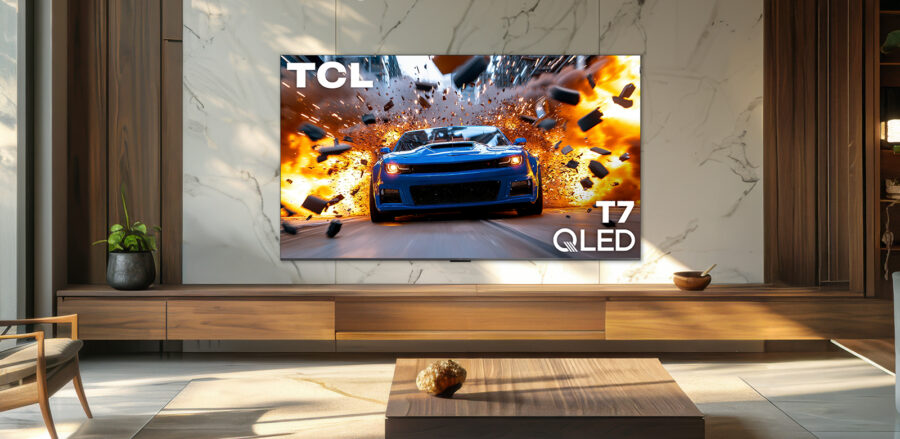
TCL has recently launched the TCL T7 4K QLED Smart TV series as its latest mid-range television lineup. The series includes 4K UHD resolution, QLED panels, high refresh rates, and Google TV integration. TCL positions the T7 as a premium entertainment and gaming TV that targets mainstream buyers without pushing the price too high.
Premium Looks Meet Sensible Design
TCL uses a bezel-less design across all T7 models. The TVs feature a minimalist look that suits wall mounting or table placement. TCL includes adjustable-width feet to allow more flexibility for setups with soundbars or compact entertainment units. This small design choice improves usability, especially in tighter spaces. Despite falling in the mid-range category, the T7 models look refined and clean.
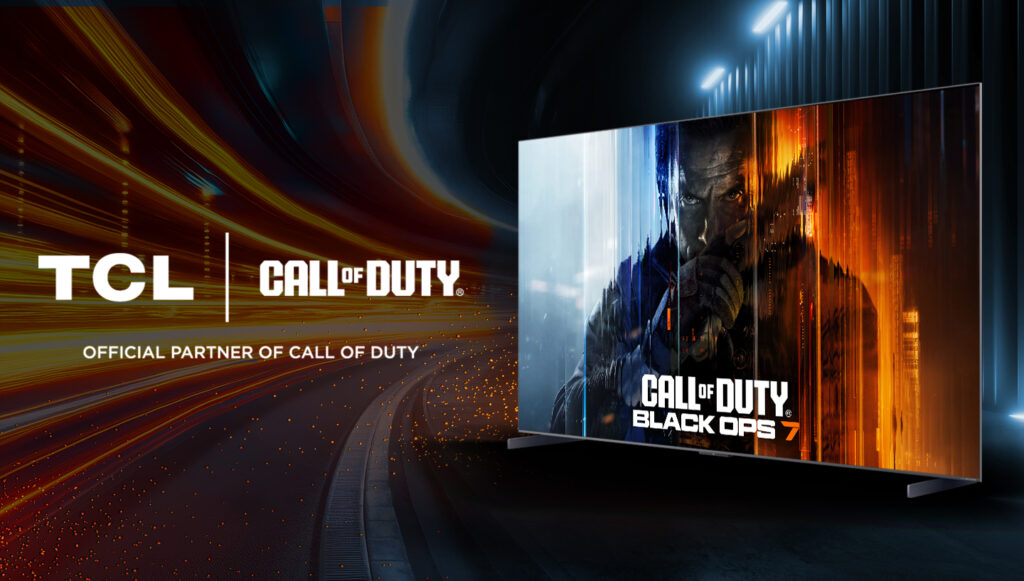
QLED Visuals With 144Hz Sweetness
All four models in the T7 lineup support 4K resolution at 3840 × 2160. The 55-inch variant uses a 120Hz panel, while the 65, 75, and 85-inch versions move up to a native 144Hz refresh rate. This high refresh rate improves fast-motion clarity in games and sports content.
TCL adds support for variable refresh rate (VRR), Auto Low Latency Mode (ALLM), and Game Accelerator. The 85-inch model can reach up to 288 VRR, which helps reduce input lag during gameplay. These features make the T7 Series suitable for console and PC gamers who want smoother motion and lower latency.
All the HDR Formats You Could Ask For
TCL supports a wide range of HDR formats on the T7 Series. Each model handles Dolby Vision, HDR10+, HDR10, HLG, and Open HDR. This broad compatibility allows content from most major streaming platforms to play in the intended HDR format.
The AiPQ Pro processor powers TCL’s picture enhancement. It adjusts image settings in real time to boost contrast, color accuracy, and detail sharpness. The QLED panel supports 1.07 billion display colors and uses a high-brightness LED backlight to improve image clarity in bright environments.
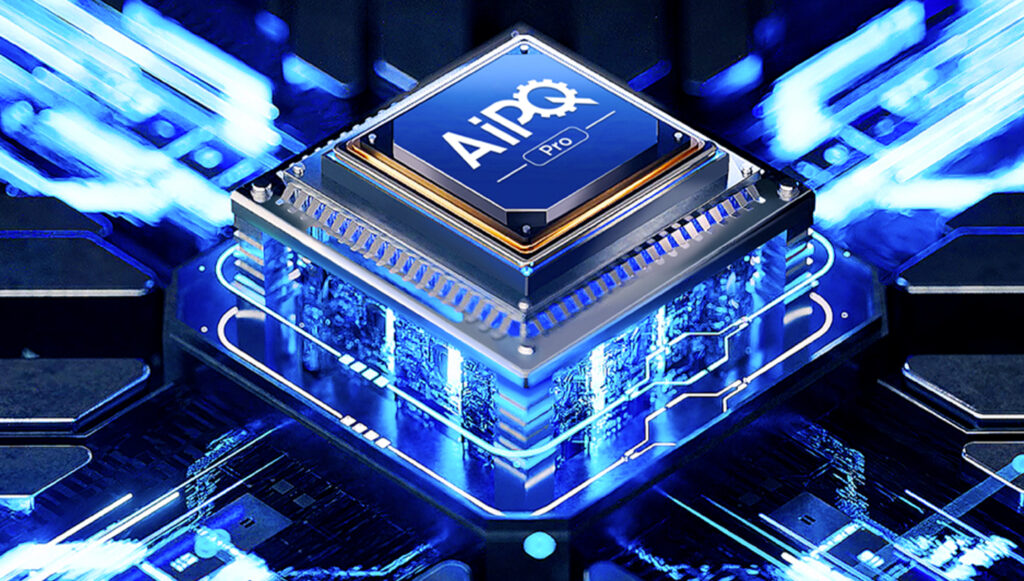
Smarter, Louder Smart TV
The T7 Series runs on Google TV. This platform gives access to thousands of apps and services, including Netflix, YouTube, and Disney+. Built-in Chromecast and Apple AirPlay 2 support allow wireless casting from Android and iOS devices.
TCL adds far-field microphones to all T7 models. This allows voice control without using the remote. The TVs also support Google Assistant, Amazon Alexa, and Apple HomeKit for smart home control. TCL includes a backlit voice remote and ships the unit with AAA batteries.
The 55-inch, 65-inch, and 75-inch models include a 2.0-channel speaker system, ranging from 20W to 30W. The 85-inch model features a 2.1 Onkyo speaker system with a built-in subwoofer and a total output of 40W. All models support Dolby Atmos and Dolby Digital+ formats to enhance spatial audio.
Ports, Power, and Peace of Mind
TCL includes four HDMI ports on each T7 TV, with one port supporting eARC. The TVs also come with USB 3.0 and USB 2.0 ports, Ethernet input, optical digital audio out, and RF input for antenna or cable. Wireless connectivity uses Wi-Fi 5 (802.11ac).
Other included features are sleep timer, multilingual on-screen display, closed captions, JPEG/MP3 playback from USB, and accessibility options. Power consumption remains under 0.5W in standby mode. The TVs do not carry Energy Star certification. Each model supports VESA wall mounting.
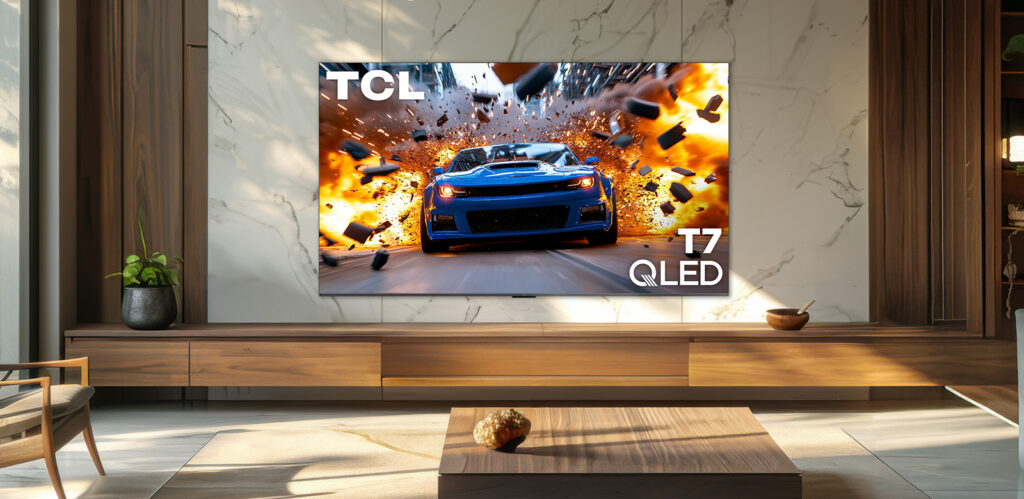
Value Without Compromise
TCL prices the 55-inch T7 at $599.99. The 65-inch model costs $699.99, the 75-inch version is listed at $899.99, and the 85-inch model comes in at $1,399.99. These prices make the T7 Series competitive in the mid-range segment. TCL has not announced a specific release date, but availability is expected by the end of the year.
The T7 Series checks many boxes for buyers who want a high-performance smart TV without entering the premium OLED or Mini LED space. With QLED visuals, 144Hz gaming support, advanced HDR compatibility, and solid audio options, the T7 Series stands out as a complete and well-rounded offering in its price class.
In related news, TCL CSOT showcases its printed OLED, Micro LED, MLED, and tri-fold display technologies at DTC2025, and TCL leads Double 11 TV sales once again as it strengthens its premium position with SQD Mini LED technology.
News
TCL CSOT showcases printed OLED, Micro LED, MLED, and tri-fold displays at DTC2025
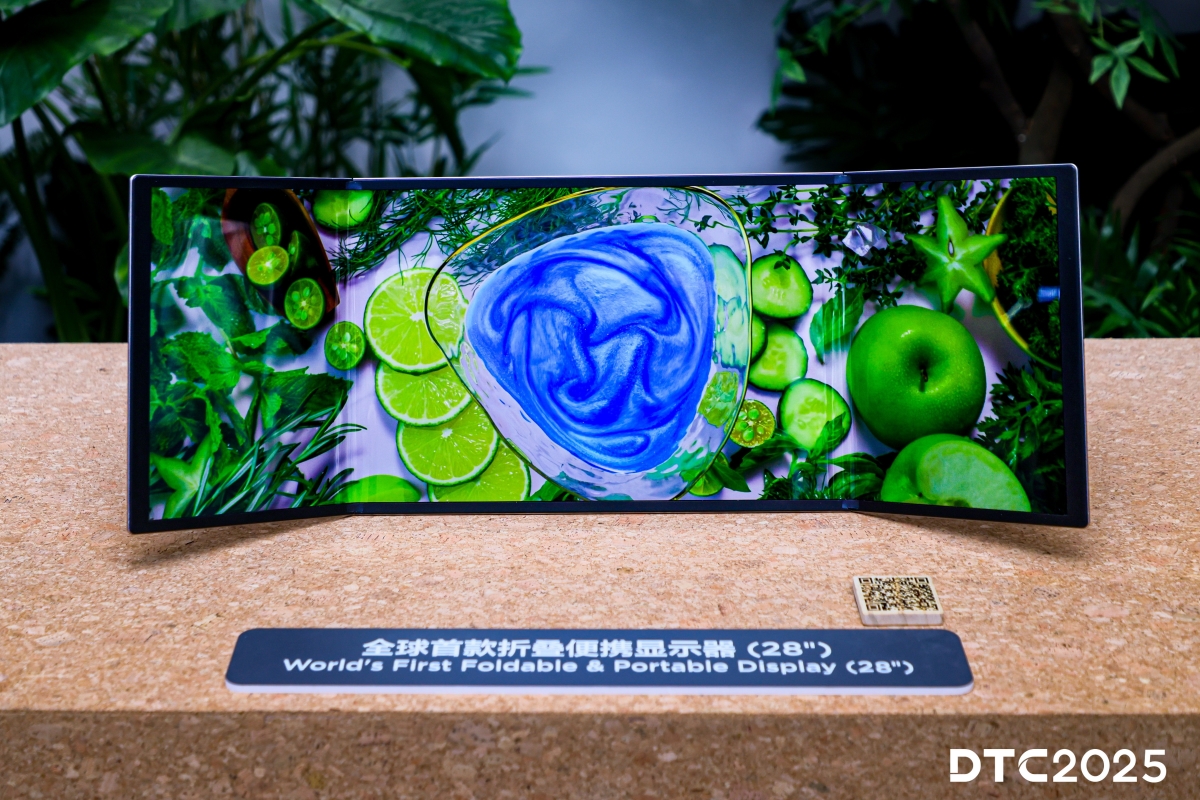
TCL CSOT showcased a sweeping lineup of advanced display technologies at its DTC2025 conference, highlighting major progress in printed OLED, Micro LED, and MLED development. The company unveiled the world’s first 5.65-inch Real Stripe RGB OLED smartphone panel manufactured using inkjet printing. It achieves 390 PPI with a visual sharpness equivalent to 490 PPI, signaling a new chapter for small-size OLED production.
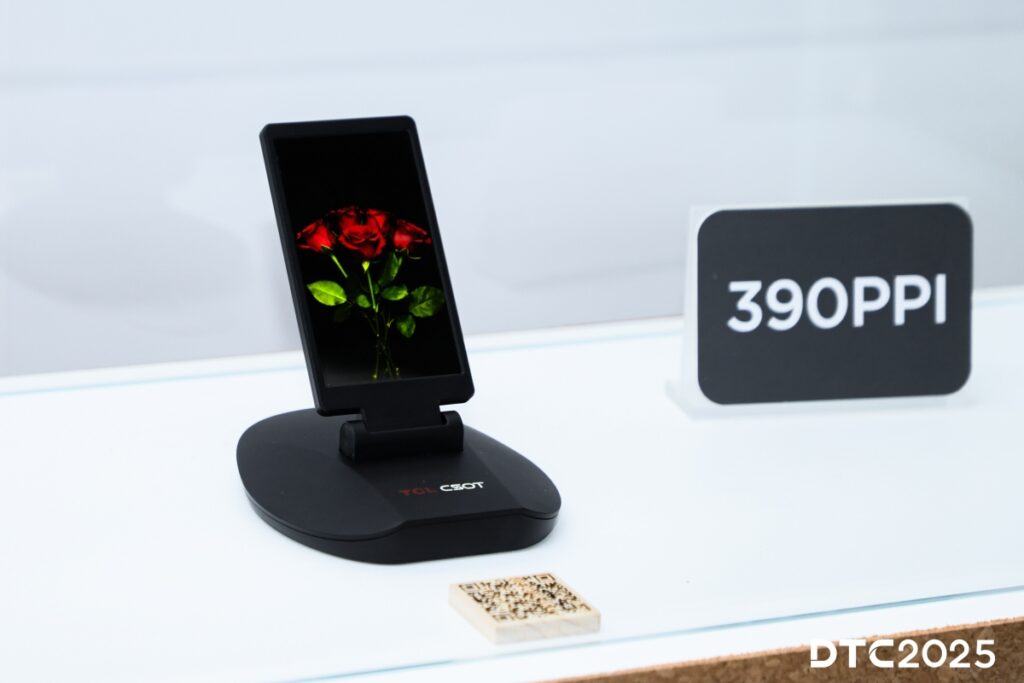
The printed OLED breakthrough is part of a broader shift toward sustainable manufacturing. TCL CSOT’s t12 G5.5 production line saves up to 400 million kilowatt-hours of electricity annually by minimizing vacuum processing. Construction is already underway for the t8 G8.6 line, the world’s first mass-production facility dedicated to printed OLED, with plans to support displays for monitors, tablets, and laptops.
TCL showcased several additional OLED innovations, including a 2.56-inch Real RGB OLED panel with 1,512 PPI for XR devices and a 13.2-inch tablet OLED with partitioned frequency control that lets different screen zones run at independent refresh rates.
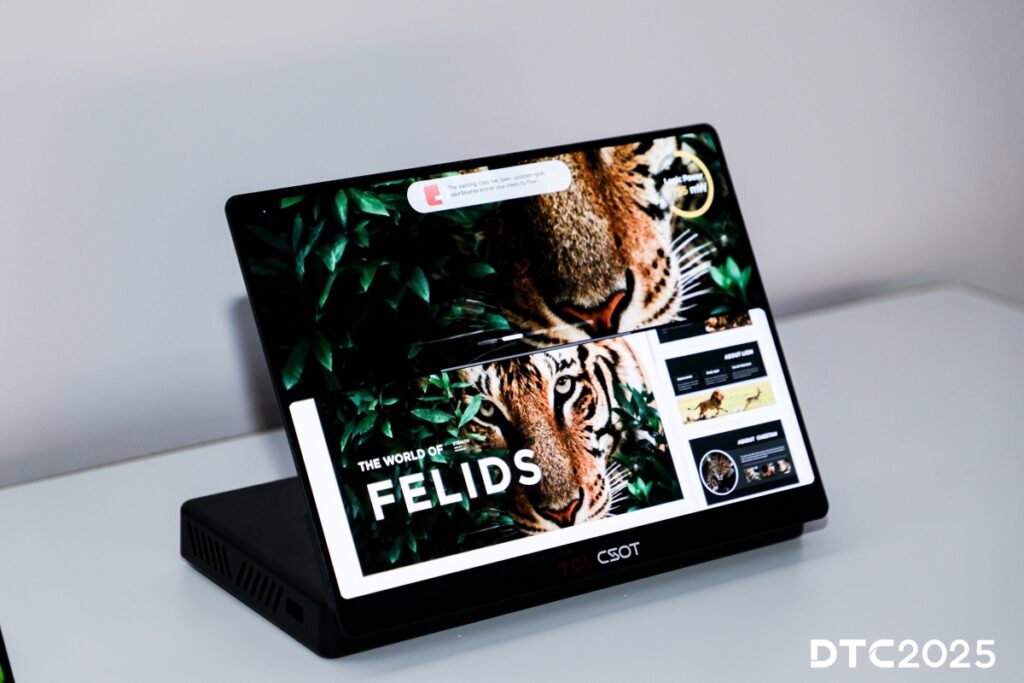
The company also displayed a 6.9-inch OLED panel with natural-light certification and a 6.73-inch folding OLED with ultra-narrow bezels and a 95.96 percent screen-to-body ratio. In notebooks, TCL introduced a 16-inch inkjet-printed OLED gaming panel with 2.5K resolution, a 240Hz refresh rate, and adaptive sync for better energy efficiency.
On the Micro LED front, TCL CSOT revealed a 0.28-inch full-color silicon-based Micro LED panel with 1280×720 resolution and an industry-leading 5131 PPI. The ultra-compact display is geared toward AR and lightweight XR devices, combining high contrast, vivid colors, and low power consumption.
For large-format displays, TCL debuted a 163-inch MLED panel with a contrast ratio of 37,500:1, pixel-level hybrid PWM+PAM driving, and 24-bit color depth. It supports a 144Hz refresh rate and uses ultra-low-reflection materials for clearer visuals. TCL also introduced a 57-inch 8K MLED gaming panel with a 1,000Hz refresh rate, powered by the industry’s fastest 6G2P point-to-point driver IC and its proprietary CSPI 5.1 transmission protocol.
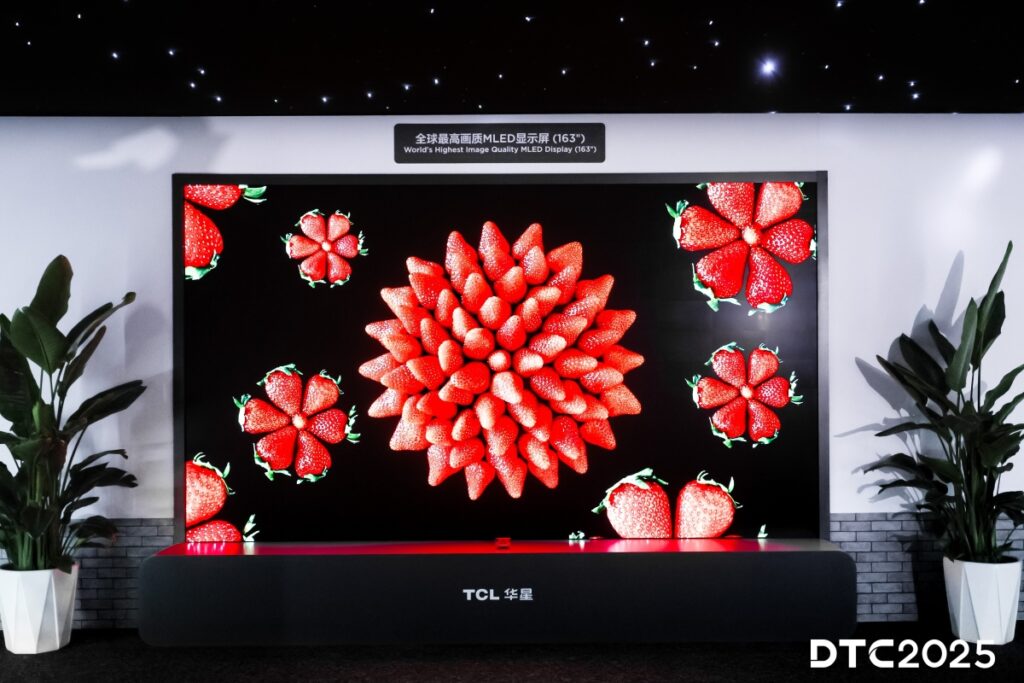
TCL CSOT also unveiled the world’s first tri-fold 28-inch portable OLED display. This foldable panel compresses into a compact 16-inch form factor and expands to 28 inches with a seamless folding mechanism and integrated stand, targeting mobile productivity and immersive entertainment.
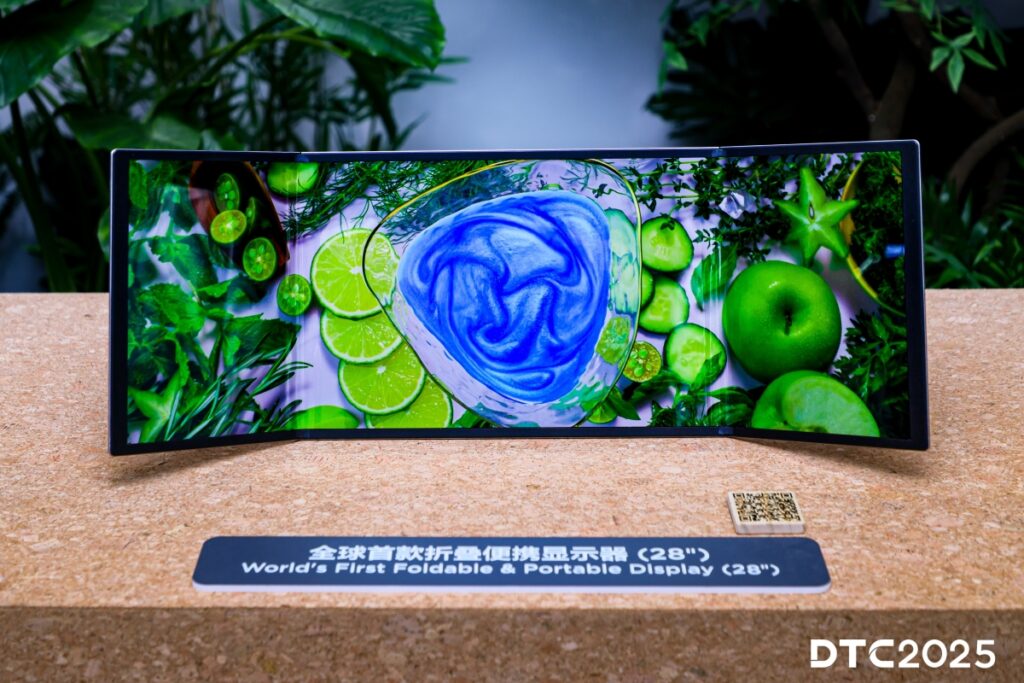
These announcements reflect TCL CSOT’s strategy to lead across all major display categories while integrating AI-driven technologies and sustainable manufacturing to reshape the future of visual hardware.
In related news, TCL topped Double 11 TV sales and strengthened its premium push with SQD Mini LED technology. TCL also unveiled its T7 QLED TVs with 4K resolution, a 144Hz refresh rate, and Google TV, starting at $599.99.

